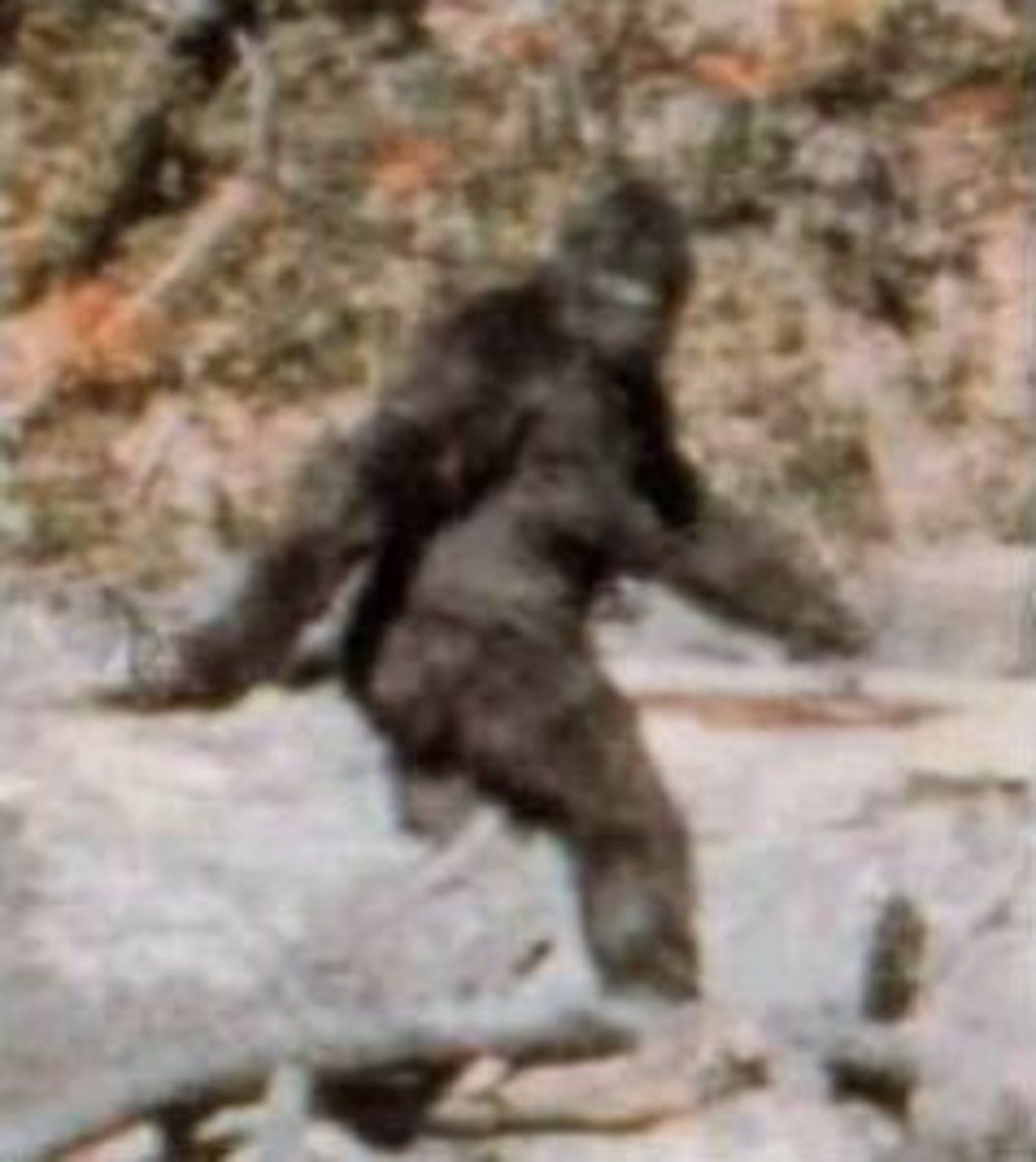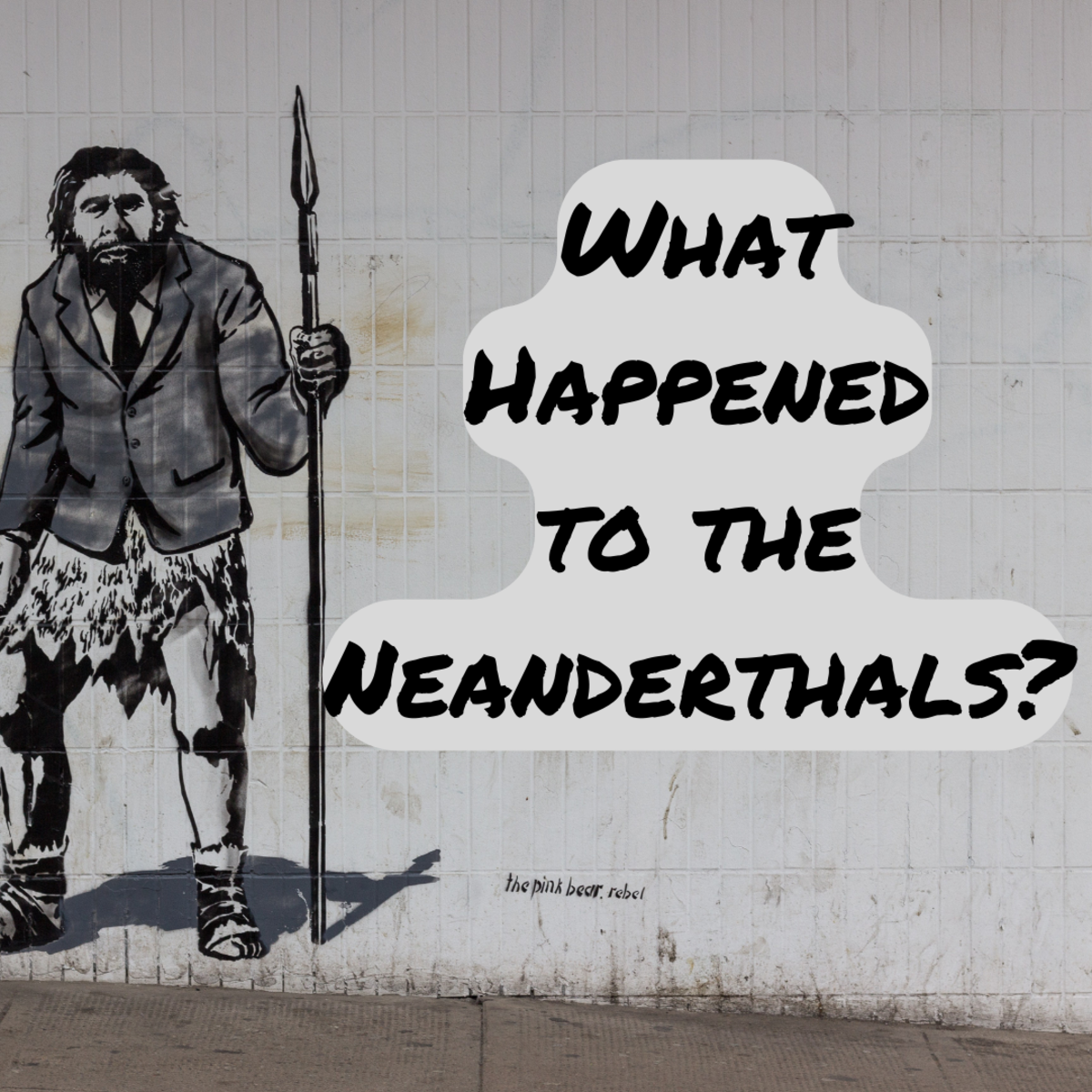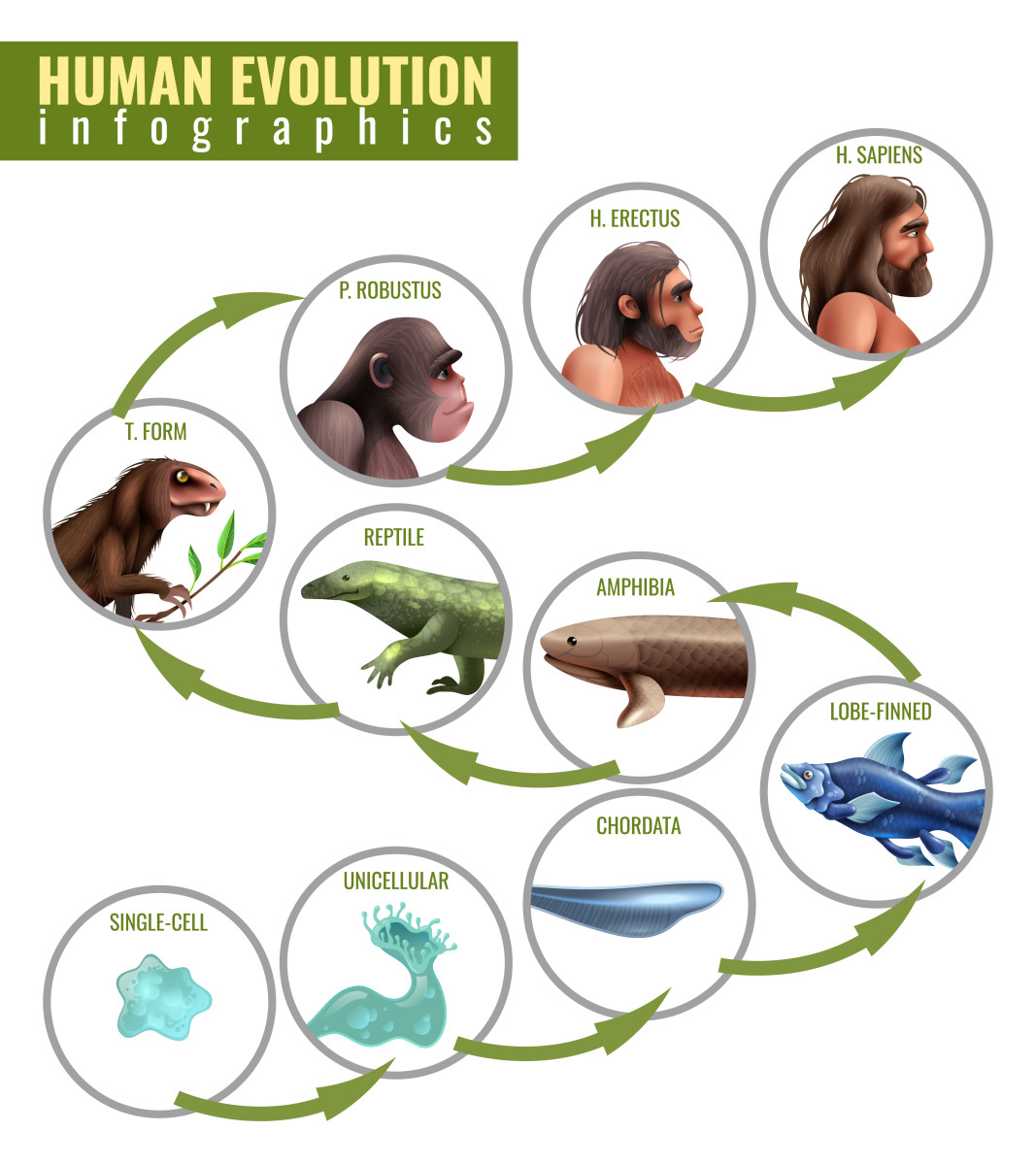Where do we come from? Understanding the Origin of Modern Humans through a Brief Glance at the Palaeolithic Age
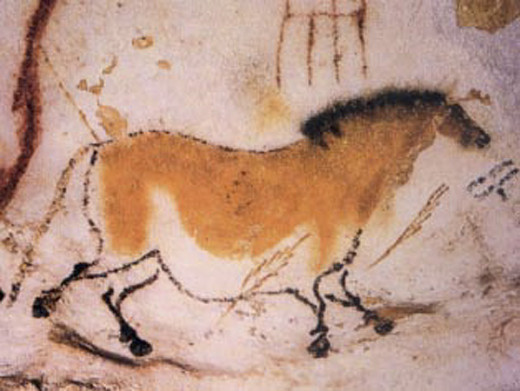
Understanding the origin of modern humanity is predicated on a basic understanding of the various developments that took place during the overwhelmingly expansive period of prehistory known as the Palaeolithic Age, otherwise known as the Old Stone Age.
Popular belief paints an unfortunately inaccurate picture of the Palaeolithic hunter-gatherers who laid the foundation for the major aspects of modern humanity we are all too familiar with today, namely culture, religion and politics. Who is unfamiliar with the stereotypical image of the primitive caveman with his bad posture and broken speech? Completely modern Homo sapiens (“thinking human beings”) appear in the fossil record some 90,000 years ago and a wealth of archeological evidence attests to their cultural, religious and political sophistication.
Before we delve into the characteristics of the Palaeolithic Age, it is important to first come to grips with a brief outline of the history of the planet and our place in it. It is estimated that the earth is about six billion years old and that human-like creatures emerged anywhere from three to five million years ago. The current theory, for which there is ever-growing support, indicates that modern humans can trace their origin from East Africa about two million years ago in the form of Homo habilis (“skillful human being”). The direct predecessor to Homo sapiens was Homo erectus (“upright human being”), originating as long as 1.5 million years ago. Homo sapiens came onto the world stage about 400,000 years ago, and it is from there that our story really begins.
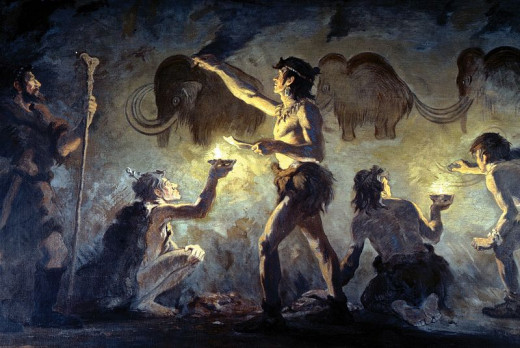
Keeping these long yawning periods of time in mind, it is easy to imagine what a slow and painstaking process the process of evolution is. Thus, the fact that fully modern humans appear in the fossil record only 90,000 years ago should not at all come as a surprise to us. This also means that very little evolutionary alteration, if any at all, separates us from our Palaeolithic ancestors. Therefore, it is merely our surroundings (civilization) and, pardon my gross oversimplification, lifestyle differences that differentiate us from grunting “cavemen”. Furthermore, when keeping the unfathomable differences in “lifestyle” throughout the massive divides of time and space that riddle the Palaeolithic Age in mind, we come to understand that the countless groups of Palaeolithic peoples were as different from one another as modern “information age” society differs from any given Palaeolithic society.
Without further ado, the Palaeolithic Age ranges from the beginning of human history to around 10,000 B.C.E. (Before Common Era). It is around 10,000 B.C.E. that some hunter-gatherer societies in what is today known as the Near East give way to agricultural societies, thus giving way to the Neolithic Age. The beginning of human history is a very broad statement. Some historians peg the beginning of the Palaeolithic Age as the time when human-used tools appear in the archaeological record one to two million years ago.
The defining characteristic of the Palaeolithic Age is hunting and gathering. Before the advent of agriculture changed the course of humanity forever, people sustained themselves by living off the land in a way that precious few peoples continue to do so today. It is this way of living that brought humanity to hone its technological skill with a plethora of tools for hunting, gathering, cooking, sewing, shelter constructing and, of course, tool making. The most likely scenario would have been a distinct division of labour between the sexes. It is a logical assumption that, of course with frequent exceptions, hunting was a predominantly male exercise while the limited mobility imposed by child bearing, nursing and rearing imposed on women would have left most women with the more domestic task of gathering. It is most likely women’s cumulative knowledge of plants (and more importantly, seeds) that led to the innovation of agriculture.
Willendorf Venus Figurine

This is clearly a time when much was outside of human control. Never have we been more vulnerable to the elements than in this long period of human history. Cave paintings give us a valuable insight into the way Palaeolithic people came to terms with their wildly precarious existence. The contemporary fauna is the dominant them of cave paintings, the most prominent examples of which are to be found in Lascaux in France and in Altamira in Spain dating from around 22,000 to 30,000 years ago. Many of these paintings suggest spiritual connotations. Animals being hunted is a common theme in this art and suggests an attempt to tap into forces beyond human control in order to make sense of them and perhaps even manipulate them. In other words, we see in this ancient art evidence of the beginnings of the kind of spiritual curiosity that eventually gave way to the world’s modern religions. Another example of religious art in the Palaeolithic Age are the Venus figurines which seem to represent a female deity. Her ample bosom and buttocks are clear symbols of motherhood and fertility, a very possible symbol of a Mother Earth based origin story.
The capacity for the level of art and religious evidenced by a multitude of archaeological discoveries indicate Palaeolithic societies of great complexity and sophistication. It would have necessitated a major communal effort to be able to afford the time and effort for such non-essential occupations as painting and sculpting in a world before agriculture and large-scale civilizations.

